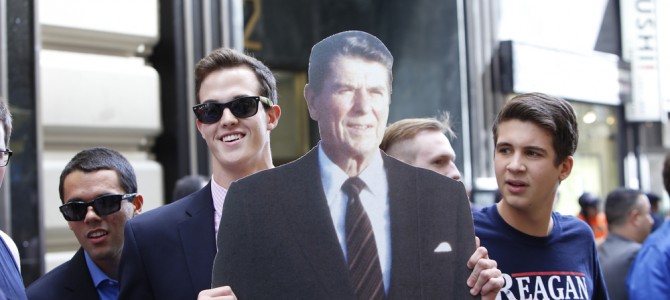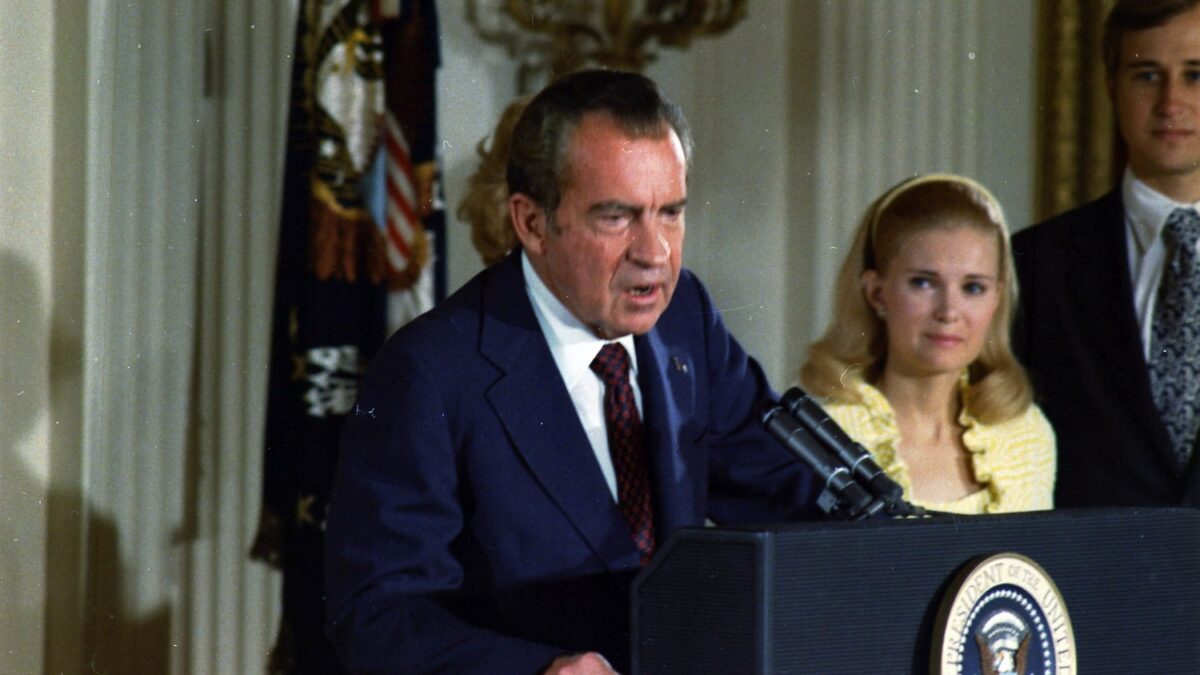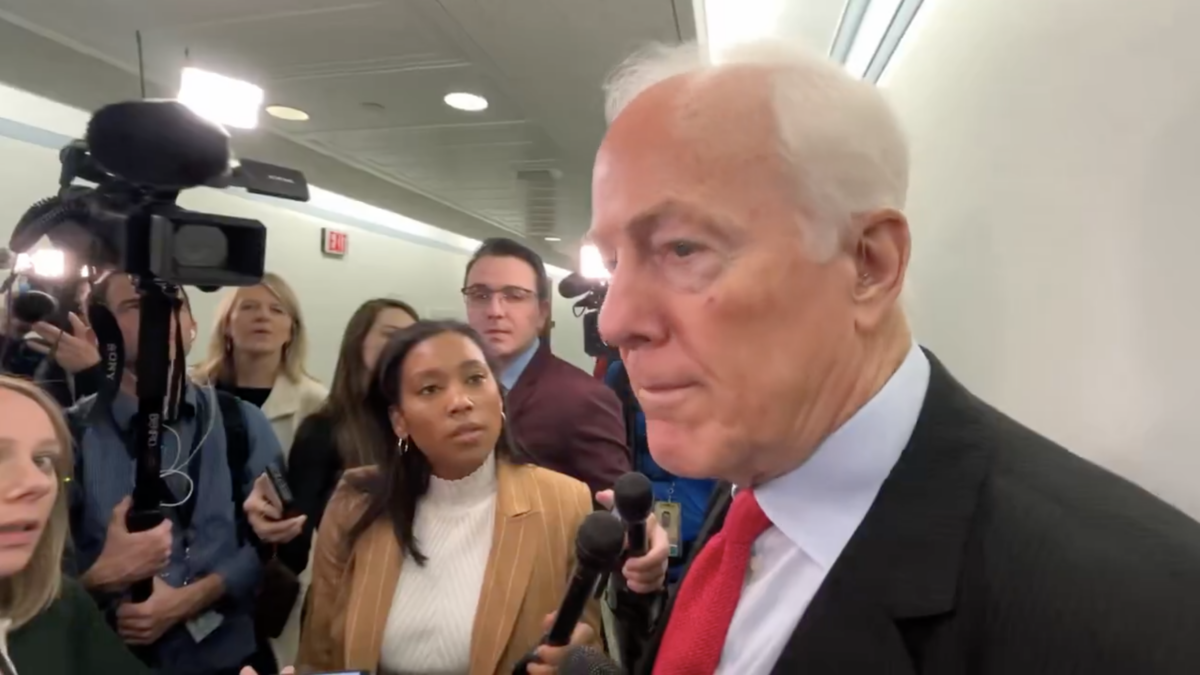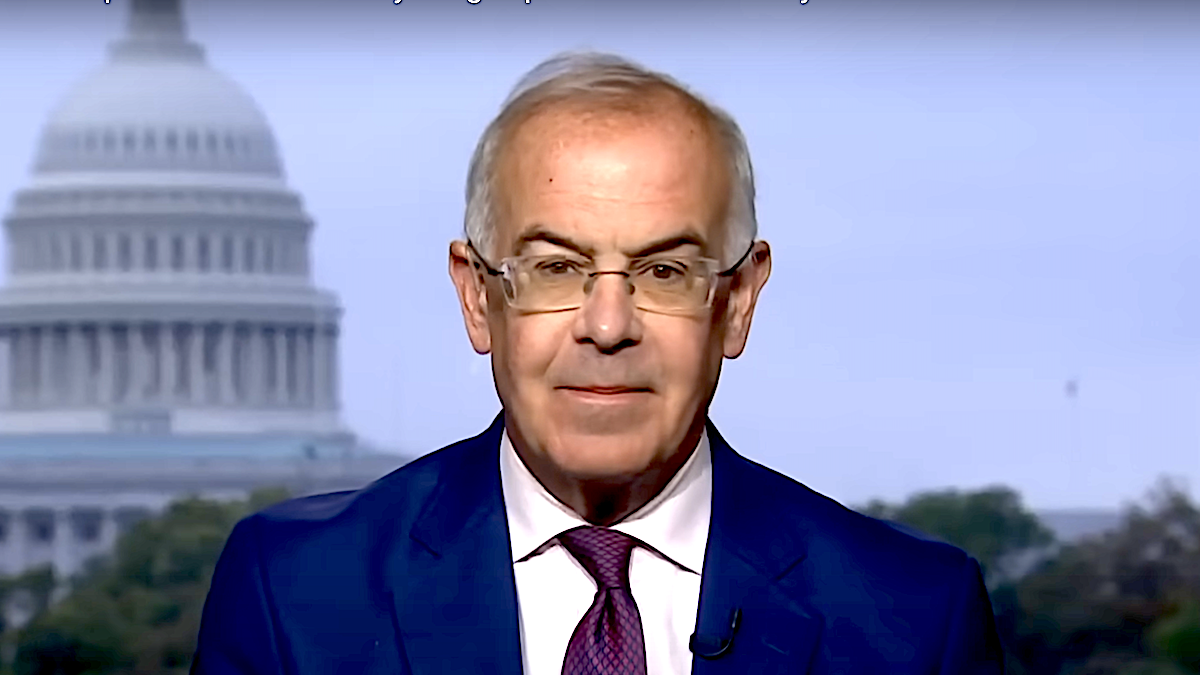
Ethics and Public Policy Center scholars Henry Olsen and Peter Wehner have written a clever front-cover piece for Commentary magazine with its headline blaring notice that Ronald Reagan would be 103 years old if still alive, and criticizing politicians and partisans all claiming him as theirs, for their own political purposes. Yet, they cannot resist adopting the same strategy themselves. They pretty much get Reagan the man but miss wildly on two rather critical elements: his philosophy and his political theory.
The scholars find Reagan to be pretty much like themselves – reasonable, moderate Commentarians who warn Republicans not to be trapped by the legacy of Reagan as Democrats have been sentimentalized through Franklin Roosevelt and John Kennedy. While Reagan was right for his times, conservative candidates “need to locate themselves firmly in the here and now.” It gets a bit complicated, since they acknowledge the establishment fiercely opposed Reagan as too conservative but still insist he “was not in fact antiestablishment” like many activists on the right today because he sought to “win it over.” Anyway, they argue, today’s GOP establishment is more conservative so the Tea Party wing must adopt Reagan’s pragmatism to become successful.
Reagan: The Only Modern President to Cut Discretionary Spending
They do concede Reagan was “unwavering” on cutting marginal tax rates, implementing Reaganomics generally, firing the air controllers, and winning the Cold War. Yet, he “did not roll back government to the extent he promised” He did plan to cut Social Security but quickly retreated. By the end of his presidency, “federal spending averaged 22 percent of GDP, higher than it was under Carter and the highest it had ever been until the Obama presidency.”
Whoa, just a minute; this is cooking the books. Reagan’s 23 percent tax cut drove down total spending from a projected 23.8 percent. More important, total federal spending includes defense, which Reagan promised to increase and did. If one looks at non-defense discretionary spending, which is what he said he would cut, and a president can control, Reagan decreased this spending absolutely by 9.6 percent over his two terms, the only president in modern times to do so (everyone else posting increases, the two Bushes higher than Carter or Clinton). Even including entitlements, Reagan reduced total domestic spending relatively, from 17.4 to 15.6 of gross domestic product (GDP).
Olsen and Wehner do understand the importance of Reagan’s character. He normally presented an even temperament and disposition. Yet he was resolute against an aggressive media and Democratic Party that controlled the House of Representatives and sometimes the Senate too. But he also worked and even compromised with Democrats. He was pragmatic enough to adjust. He was courageous politically and personally, especially when surviving a potential assassination. He also was compassionate, as the authors emphasize – but as with their data on cutting spending, their conclusions are confused. The scholars argue Reagan “was not a man for all conservative causes” because he was for “human dignity,” supported the average man, and believed he had an “obligation to help the aged, disabled and those unfortunates who, through no fault of their own must depend on their fellow man.”
How Is Welfare Compassionate or Conservative?
Somehow, Olsen and Wehner consider compassion and welfare unconservative. So they discover “Reagan’s welfare state” and say what this “would provide” today if he had his way. They stress that Reagan supported Medicare, downplaying that he preferred an alternative bill and that he knew he did not have the votes to change it. But beside Social Security reform Reagan also proposed to de-federalize 40 welfare programs back to the states and take over the funding for Medicaid. One must admire what the EPPC scholars do, but they just do not seem able to comprehend the word “federalism,” which was Reagan’s political loadstar. He called it “the secret of our [America’s] success.”
The supposed conflict between Reagan’s compassion and his determination to reduce Washington spending is easily explained, as President Reagan did right in his first Inaugural Address: “It is my intention to curb the size and influence of the Federal establishment and to demand recognition of the distinction between the powers granted to the Federal Government and those reserved to the States or to the people.” In a later address to conservatives, he was even more explicit: “We’re not cutting the budget simply for the sake of sounder financial management. This is only a first step toward returning power to the states and communities, only a first step toward reordering the relationship between citizen and government.” Compassion was local and private, the point of his planned “grand bargain” on welfare decentralization.
The EPPC scholars are even more confused about Reagan’s philosophy. They are explicit that “For Reagan, human dignity—not human freedom—came first.” They quote Reagan to prove it, but the very phrase uses the freedom word “choose” to make the opposite point. And they concede Reagan “was indeed a great champion of human freedom.” They are more coherent when they quote him rejecting ideology as “a rigid, irrational clinging to abstract theory in the face of reality,” which was the “complete opposite to principled conservatism.” Yet, they draw no conclusions from this. Reagan himself did and was very clear about them.
A Synthesis of Traditional and Libertarian Thought
Reagan identified his philosophy with the great Western tradition especially as elaborated by the conservative theorist Frank S. Meyer, who “in his writing fashioned a vigorous new synthesis of traditional and libertarian thought—a synthesis that is today recognized by many as modern conservatism.”
It was Frank Meyer who reminded us that the robust individualism of the American experience was part of the deeper current of Western learning and culture. He pointed out that a respect for law, an appreciation of tradition, and regard for the social consensus that gives stability to our public and private institutions, these civilized ideas must still motivate us even as we seek a new economic prosperity based on reducing government interference in the marketplace.
It was not human dignity that came first for Reagan but, as he specified in his Guildhall farewell, that a “belief in the rights of humanity” comes from a “higher law” supported by “prayer and its power.” Even his foreign policy was “not so much a struggle of armed might” as of “faith and will.” Under that higher law, a free human rationality wrestles with a complex tradition of values that requires a synthesis of ideas and institutions to discover the best practical resolution.
The Western fusionist synthesis was not a Marxist-Hegelian one where elements merged into a new universal truth, but one whose elements remained independent truths which required resolution in specific real-world instances. While critics such as the philosopher Leo Strauss dispute the rationality of this synthesis, even he conceded that is what has given Western civilization its unique energy and vitality. In the Western tradition there is no short-cut through some abstract ideology based upon some single master principle; even human dignity, which while surely high in the mix, was not at the top, which was reserved for the Creator.
Reagan’s legacy is not moderation or being “up to the challenges of our time.” Reagan’s real legacy is his passion for recovering the energy emanating from the Western synthesis between freedom and tradition that made America great and still can meet its challenges 100 years later.








